UNDERSTANDING MEDIA AUDIENCES
Passive Audiences
The earliest idea was that a mass audience is passive and inactive. The members of the audience are seen as couch potatoes just sitting there accepting media texts – particularly commercial television programmes. It was thought that this did not require the active use of the brain. The audience accepts and believes all messages in any media text that they receive. This is the passive audience model. They accept the preferred reading and don’t question it.
The Hypodermic Model
In this model the media is seen as powerful and able to inject ideas into an audience who are seen as weak and passive. The idea is inserted into the audience much as a medicine is injected into a patient. Propaganda is made to be injected into the audience – e.g. German audiences being drip fed the notion that all the problems of the Weimar Republic were the fault of outsiders and people of other religions. This model suggests that people again do not question what they are being told.
The Hidden Persuaders is a book that suggested that advertisers were able to manipulate audiences, and persuade them to buy things they may not want to buy. This suggested advertisers had power over audiences. The Mad Men TV show explored some of these ideas but generally people still question what they are being “sold” as an idea before they “buy” into it. Think how often you make fun of what you see on TV or get angry about what someone on TV says.
This theory suggests that repeated exposure to the same message – such as an advertisement – will have an effect on the audience’s attitudes and values. It suggests that we will become inured to violence because we keep seeing war on TV or rush out and buy a product because it is always being advertised wherever we look. Try flipping between channels during ad breaks. It is interesting how often the same product is appearing at the same time.
This theory suggests messages from the media move in two distinct ways. First, individuals who are opinion leaders, receive messages from the media and pass on their own interpretations in addition to the actual media content. Think of the Irn Bru Gets You Through Twitter campaign or the Coke Friends campaign here.
The information does not flow directly from the text into the minds of its audience, but is filtered through the opinion leaders who then pass it on to a more passive audience. It is one reason celebrities often “Tweet” about some great new product they have found or there is product placement in a Soap Opera which the favourite character is seen using.
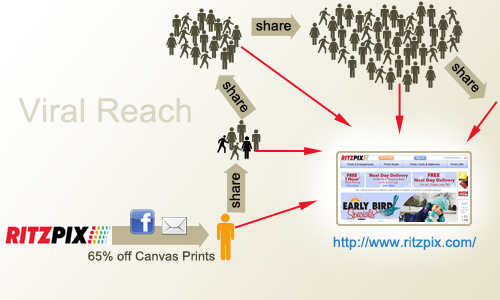
Active Audiences
This newer model sees the audience as individuals who are active and interact with the communication process and use media texts for their own purposes. We behave differently because we are different people from different backgrounds with many different attitudes, values, experiences and ideas. This is the active audience model, an authentic and realistic way to talk about sophisticated modern audiences.
Uses and Gratifications Model
Remember the triangle of needs that we looked at in the first week? Maslow’s Hierarchy of Needs. The users and gratifications model suggests that media audiences are active and make active decisions about what they consume in relation to their social and cultural setting and their needs. We look for the media text which will answer our need for food, love, acceptance, self-awareness etc. We watch news or read about news that is important to us. We watch a Soap because we need to see how a character will deal with a situation and so on. Sometimes we just want to be entertained or mentally escape or relax. We seek out the show or film or article that meets that need.
Reception Analysis
1 The dominant or preferred reading. The audience decodes the text in the expected way and fully accepts and understands its preferred meaning as intended by the producers.
2 The negotiated reading. The audience partly agrees with the text and broadly accepts the preferred meaning, but will change the meaning in some way according to their own experiences, culture and values.
3 The oppositional reading. The audience understands the preferred meaning but does not share the text’s code and rejects this intended meaning and constructs an alternative meaning. For example a feminist might strongly disagree with the way women have been portrayed in a particular film and therefore finds the whole text distasteful.
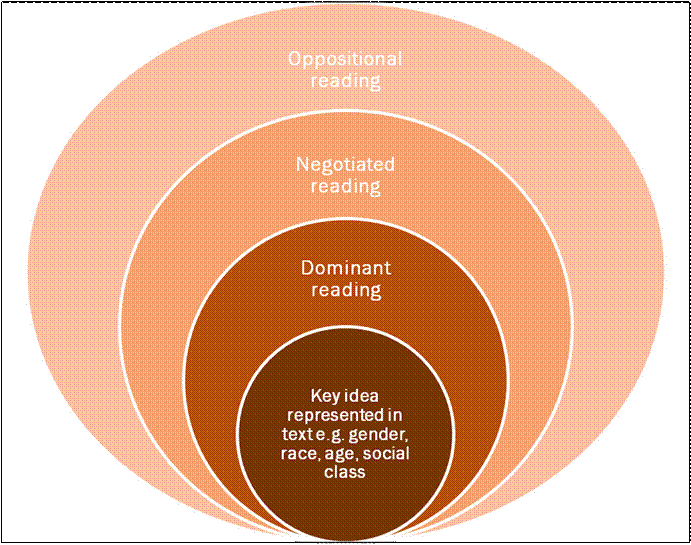


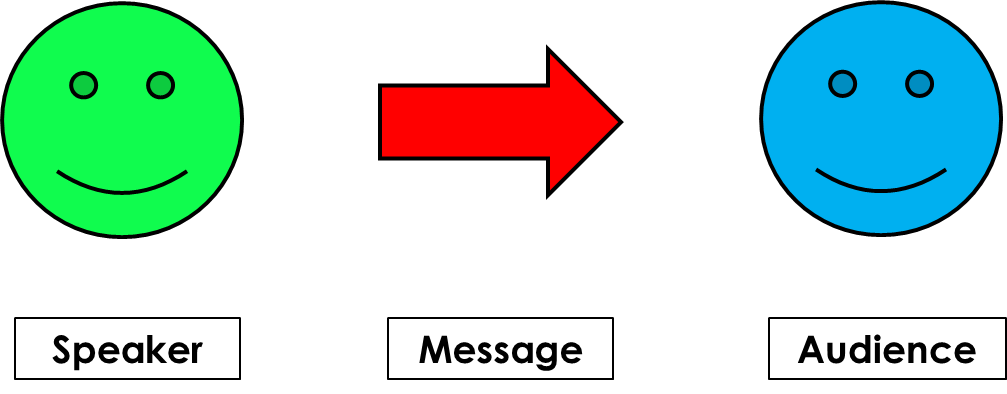
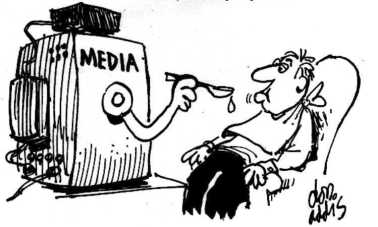
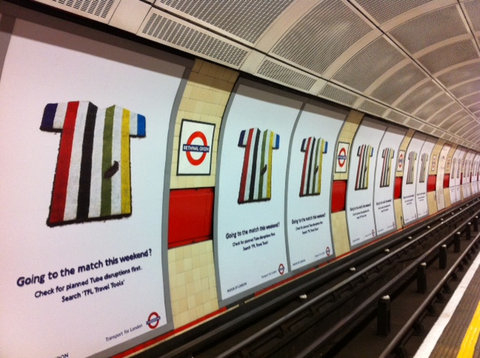
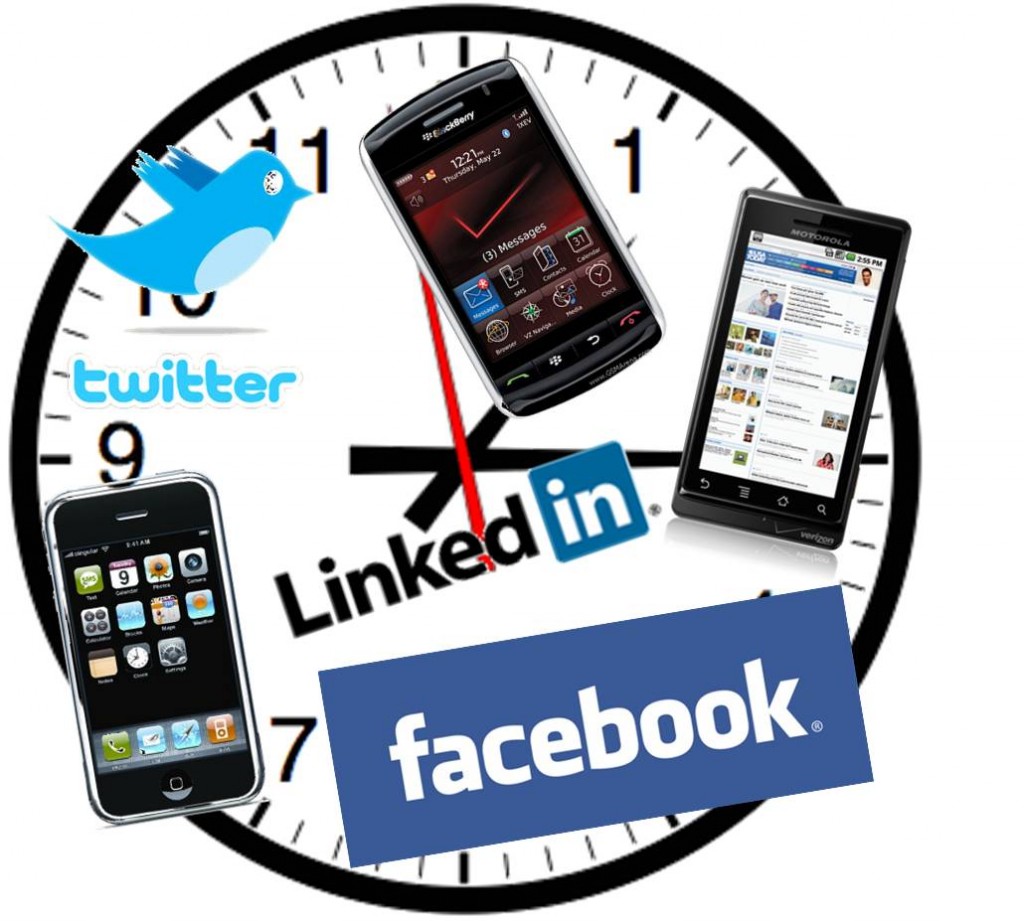
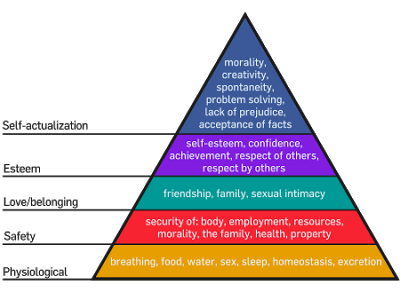

Thank you so much. Ive been looking for this theory for a year!